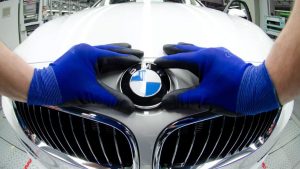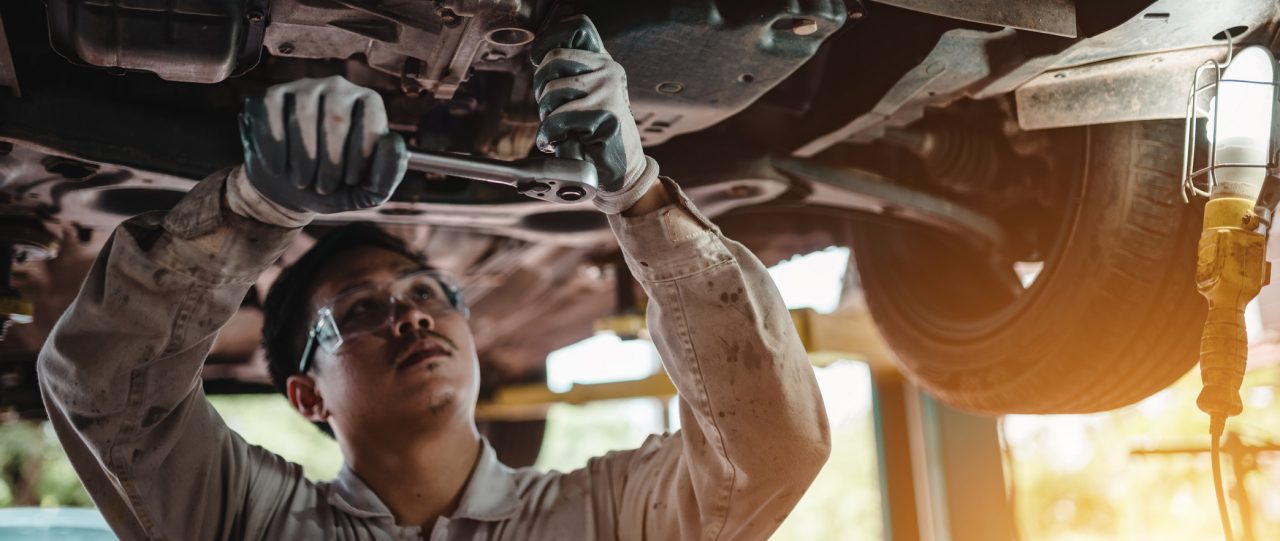For the past decade, almost every vehicle that Volkswagen and Audi have sold in the U.S. has been equipped with direct fuel injection. These FSI, TSI, and GDI systems allow for better fuel economy and power. The switch to direct injection has also allowed Volkswagen to downsize its engines from 2.0L to 1.4L on base models without losing any power, while still improving fuel efficiency. By directly injecting fuel into the cylinder, the system avoids the inconsistencies of fuel splashing onto the back of an intake valve. Direct fuel injection, coupled with variable valve timing and variable intake manifolds, maintains better control of the volume of air and fuel injected into the cylinders.
The injectors also do a better job of controlling droplet size, compared to a system that forces the fuel and air to go around an intake valve. This creates no chance for a large drop of fuel to slide down the valve and into the cylinder. This control also means reduced cold-start emissions and the engine enters into a closed-loop condition sooner than with port fuel-injection systems.
How Does it Work?
Pressure is the key to making the Volkswagen direct-injection system work. With more than 3,000 psi on the backside of an injector under some conditions and combustion pressures on the other side, managing what is happening at the tip of the injector is critical.
Most Volkswagen direct-injection systems use a capacitor and voltage inverter to create voltages that can range from 40 to 100 volts. One of the best ways to view the output of the driver and actuation of the injector is using an inductive amp/current clamp and a scope. Some later systems use a peak/hold signal to the injector.
If the ECM detects a problem, it will shut down the injector and driver for the sake of self-preservation. This is why, on some systems, it may be impossible to observe a faulty injector in operation. A direct injector is under a lot of pressure, so leaks can occur. For example, leaks may occur when the engine is resting, which will cause severe carbon buildup and a rich fuel reading.
When an injector is not firing, the affected cylinder becomes an air pump that forces large amounts of oxygen past the air/fuel ratio sensor. This can be viewed using a scope. The ECM can match the exhaust pulse to engine timing to determine the faulty cylinder.
VW and Audi positioned the injectors directly into the combustion chambers for greater efficiency. The new B7 platform A4 and Passat had an in-tank fuel pump. They also had a camshaft-driven, mechanical high-pressure fuel pump that ran the fuel pressure as high as 3,000 psi. The in-tank pump provides the correct volume of fuel in this returnless system. The pump on the camshaft controls the pressure at the fuel rail.




